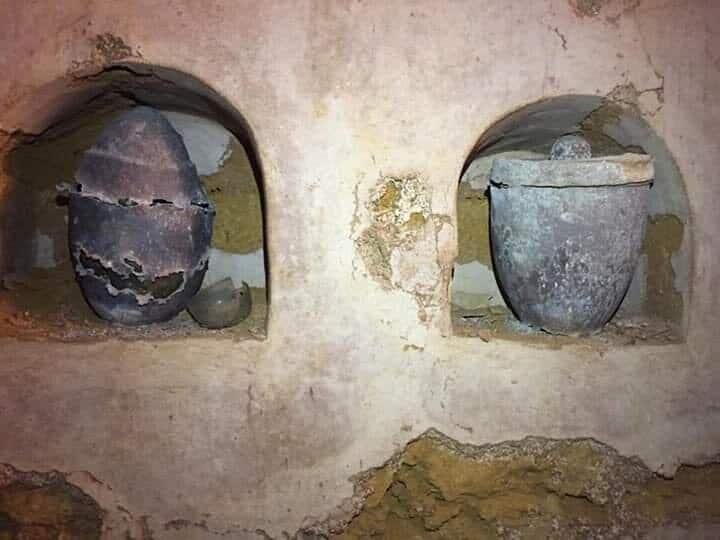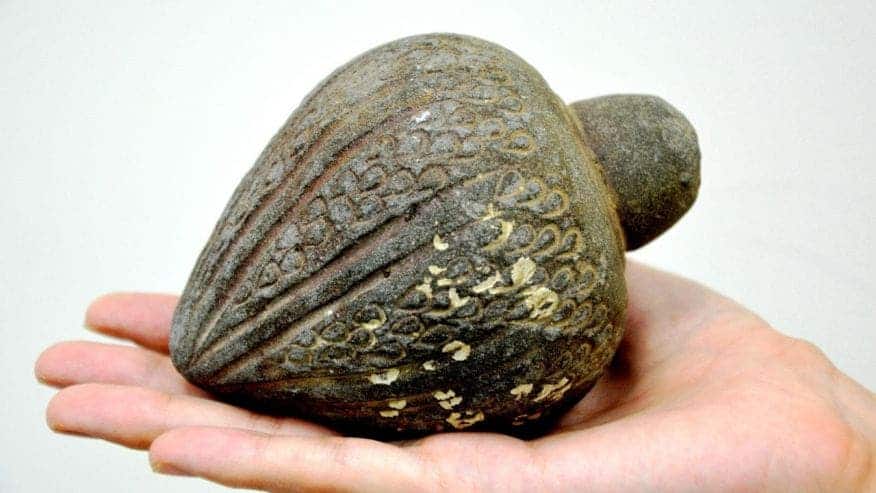An unsealed vial of Roman perfume, dating back to approximately the time of Christ, has provided an authentic olfactory experience of ancient Rome. This vial, accidentally discovered during the construction of a house in Spain, has remained remarkably preserved for over two millennia. Now, a team of scientists has precisely analyzed its contents.

The researchers identified a faint trace of patchouli oil as a key component of the ancient perfume. Patchouli, a plant species from the mint family that is native to tropical regions in Asia, was a popular fragrance in Europe in the 18th and 19th centuries. Its oil was also used to protect fabrics from insects during shipping.
The vial was discovered with the ointment intact in a funerary urn in the Roman city of Carmo, today’s Carmona, near Seville in Spain. It was found in 2019 during an archaeological dig in a mausoleum. It was a collective tomb, likely belonging to a rich family, and in which the urns with the remains of six individual adults were found.
Inside one of the urns, the researchers found a fragment of a cloth bag. Within it, there was a small flask crafted from hyaline quartz, resembling an amphora, which held the ointment.
Perfume containers were commonly crafted using blown glass, although there were a limited number of rare cases in history where quartz was also used.
The smell of Rome
The study was led by José Rafael Ruiz Arrebola from the University of Cordoba. It was a joint effort with the city of Carmona. The notable aspect of this discovery was its sealing, which preserved the solid perfume residues within it. The same sturdy sealing enabled the subsequent analysis by the research team.
Ruiz Arrebola said the use of dolomite, a carbon-based material, as a stopper, along with the application of bitumen for sealing, played a fundamental role in the preservation of both the artifact and its contents. The researchers used X-ray diffraction, gas chromatography, and mass spectrometry, among other techniques, to identify the perfume.
They identified two components of the perfume: a base or binder, which allowed for the preservation of the aromas, and the essence itself. The base was a vegetable oil, possibly olive oil, according to some indications reflected in the analysis, while the essence was patchouli, widely used in modern perfumery but not necessarily in Roman times.
The researchers believe this is likely the first time a perfume from Roman times has been identified. Further studies are currently underway to examine other materials, including amber, fabrics, and pigments employed in the wall paintings.
The findings were published in the journal Heritage.




